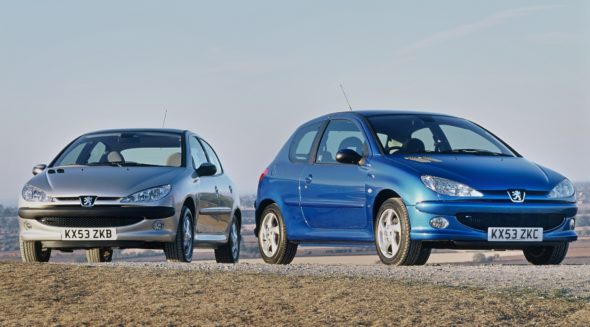 It goes without saying that a car costing £1000 is not going to be as good as one worth ten times that price. Whether or not it is 10 times worse, however, is another matter.
It goes without saying that a car costing £1000 is not going to be as good as one worth ten times that price. Whether or not it is 10 times worse, however, is another matter.
So it is that we say welcome to the world of £1000 wonders, where our job is to search the CarGurus classified listings in order to prove that it is perfectly possible to find bargain basement used cars that have plenty left to offer. First though, a few tips.
THE BASICS
Tempting as it might be to track down an old Jaguar saloon or Mercedes-Benz S-Class that’s fallen into sub-£1000 territory, in reality such a car is likely to have running costs that are disproportionate to its value. At this end of the market it’s more sensible to stick with cars that were affordable to buy in the first place, free from fancy equipment (less to go wrong) and equipped with parts that are cheap to buy and easy to find.
Locating a car with a full service history is desirable but a little unrealistic. However, evidence of recent maintenance (including a cambelt if required) is useful, while checking the car’s previous MOT record online can provide an invaluable insight into how well it’s been cared for. To do this look for a consistent pass rate in previous MOTs, that any advisories have been addressed between MOTs, and that items such as rust haven’t been recorded as major concerns. While you’re there, verify the mileage corresponds with what is currently shown on the car’s odometer.
THE INSPECTION
If your budget is £1000 it is unlikely you’ll want to spend a third of it on having a car professionally inspected prior to agreeing to buy it. It is, however, worth forking out up to £20 for a vehicle history check to ensure it’s never been recorded as an insurance write-off, plus there are a few basic areas you can inspect to give an idea of a car’s condition.
Start with the bodywork, looking for any mismatched paint, inconsistent gaps where body panels meet, and signs of rust. It’s not worth worrying about every dent and scratch, but it is important to be able to tell the difference between real damage and superficial damage.
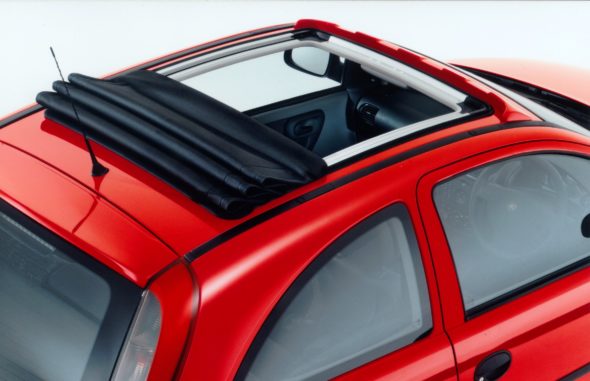 On the inside of the car, feel in the footwells to make sure the carpets aren’t wet, test all the electrical equipment including the sunroof still works, and bear in mind that unpleasant odours such as cigarette smoke or dog can be tricky to get rid of.
On the inside of the car, feel in the footwells to make sure the carpets aren’t wet, test all the electrical equipment including the sunroof still works, and bear in mind that unpleasant odours such as cigarette smoke or dog can be tricky to get rid of.
With the engine running listen out for any unusual noises and check there’s no smoke coming from the exhaust. Then, on the test drive make sure the clutch feels strong, the engine pulls well and doesn’t overheat, and that there aren’t any knocks or creaks from the suspension.
THE PAPERWORK
There’s no point buying a car at this price if the MOT is about to expire; instead look for a car that has a least six months left to run, or ideally 12. Check the annual VED (road tax) cost to ensure you can afford it, and don’t buy any car that doesn’t come with its V5C, which is needed to transfer ownership into your name. You should also check that the VIN (Vehicle Identification Number) shown on the V5C matches what’s on the car.
Remember too that cheap to buy doesn’t necessarily mean cheap to insure, so get a few quotes for any car you’re thinking about buying.
BE REALISTIC
One of the joys of driving a cheap used car is getting to know its quirks. The way the key needs just the right amount of pressure applied for the ignition to turn, or how you must lift the door a touch as you close it so that it doesn’t catch. Perhaps the engine requires a weekly drop of oil, or the gearbox is as cooperative as a tantruming toddler.
To many such things would be considered an inconvenience at best, a deal breaker at worst. But for anybody shopping at the bargain basement end of the used car spectrum they are all part of the experience.
 So too is the reality of owning a vehicle with safety credentials that will be a long way off what is considered acceptable for a new car today. To get an idea of how far things have moved on, the image above shows how a yellow Honda Jazz from 2015 fares when put through the same 40mph crash test as a Rover 100 from 1997.
So too is the reality of owning a vehicle with safety credentials that will be a long way off what is considered acceptable for a new car today. To get an idea of how far things have moved on, the image above shows how a yellow Honda Jazz from 2015 fares when put through the same 40mph crash test as a Rover 100 from 1997.
THREE TO CONSIDER
With all that in mind, let’s have a look at three sensible options that prove cheap doesn’t need to mean nasty. To see examples of each for sale on CarGurus simply click on the relevant link and adjust the price filter accordingly. Or, if that sounds too prescriptive, follow this link to see all cars listed for sale on CarGurus for £1000 or less.
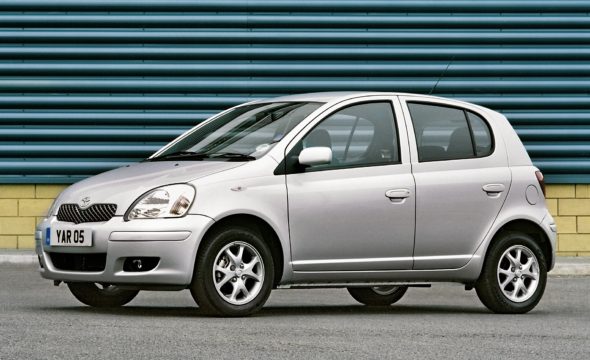 Toyota Yaris
Toyota Yaris
The reliability of Toyota’s cars is the stuff of legend, which in turn makes them good bets at the bottom end of the market. The sacrifice you make is that its cars are often not as much fun to drive as their rivals, but if that’s not a priority the Yaris is a safe bet.
Search for examples of the Toyota Yaris on CarGurus
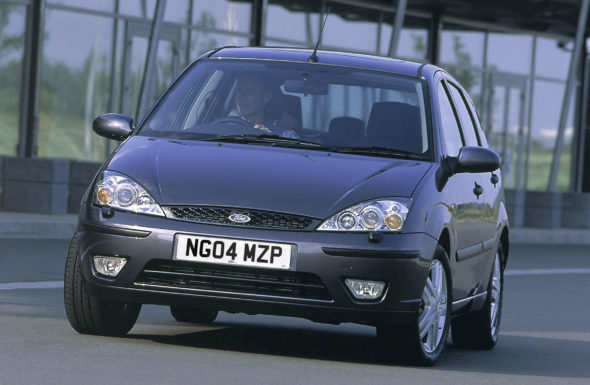 Ford Focus
Ford Focus
Ford is a solid choice when it comes to sub £1000 cars, with its models tending to be affordable to buy and cheap to run, with a plentiful supply of parts. What’s more, in the case of cars such as the Focus they are also great to drive, assuming they’ve been well looked after.
Search for examples of the Ford Focus on CarGurus
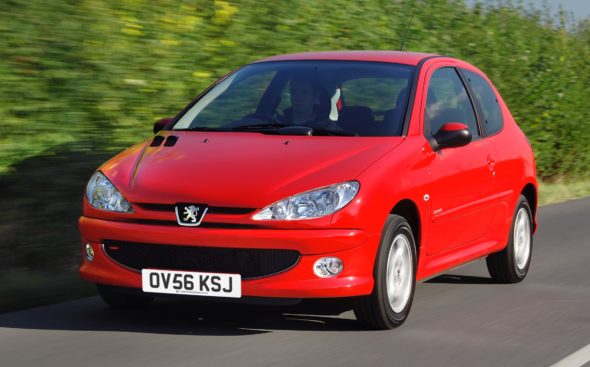 Peugeot 206
Peugeot 206
French manufacturers have a long history of building brilliant small cars. We are talking cheap, simple, well designed and tough enough to withstand the treatment of countless learner drivers. The Peugeot 206 is one such vehicle. It is available as a three- or five-door hatchback, as well as a CC convertible.
Search for examples of the Peugeot 206 on CarGurus
Find Used Cars in your area at CarGurus.
Shopping for a new vehicle?
Bring along CarGurus’ mobile app to help check prices, find good deals, and research cars on your smartphone.
£1000 Wonders: Why Cheap Doesn’t Mean Terrible posted first on http://www.cargurus.com/blog/
No comments:
Post a Comment